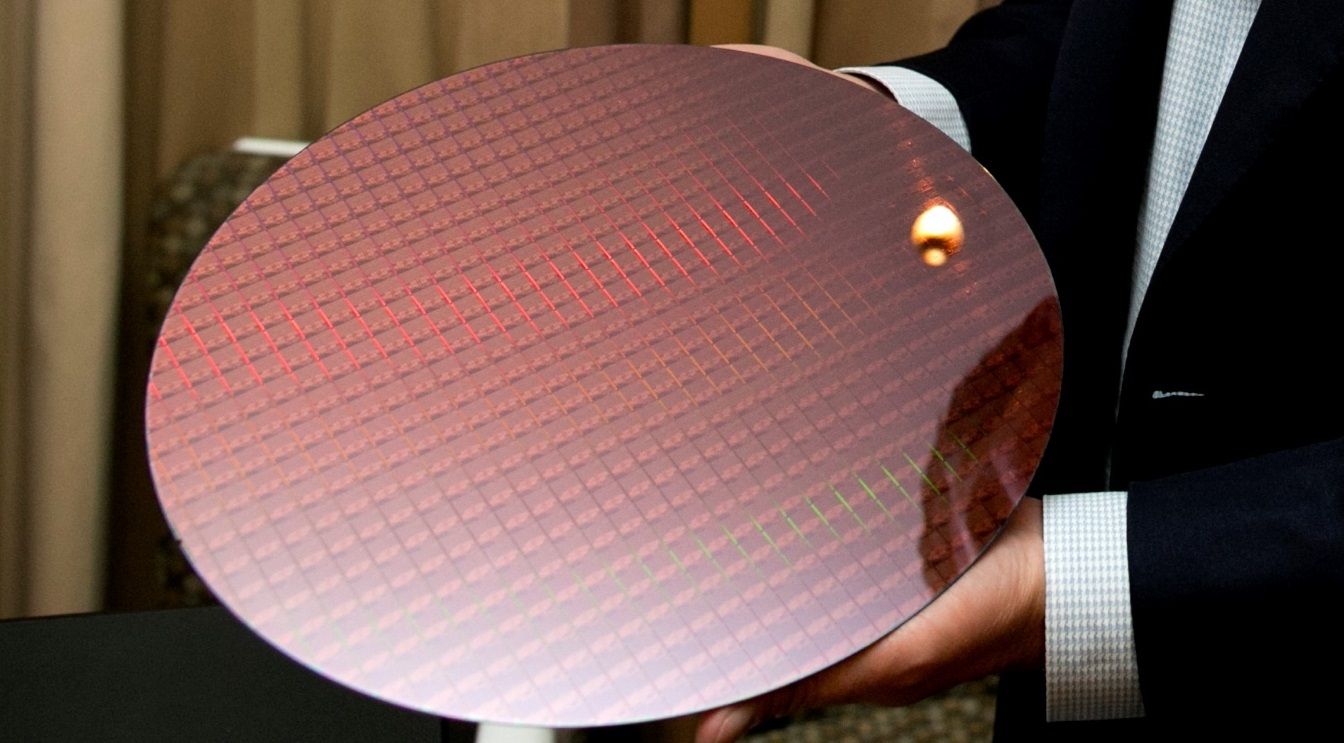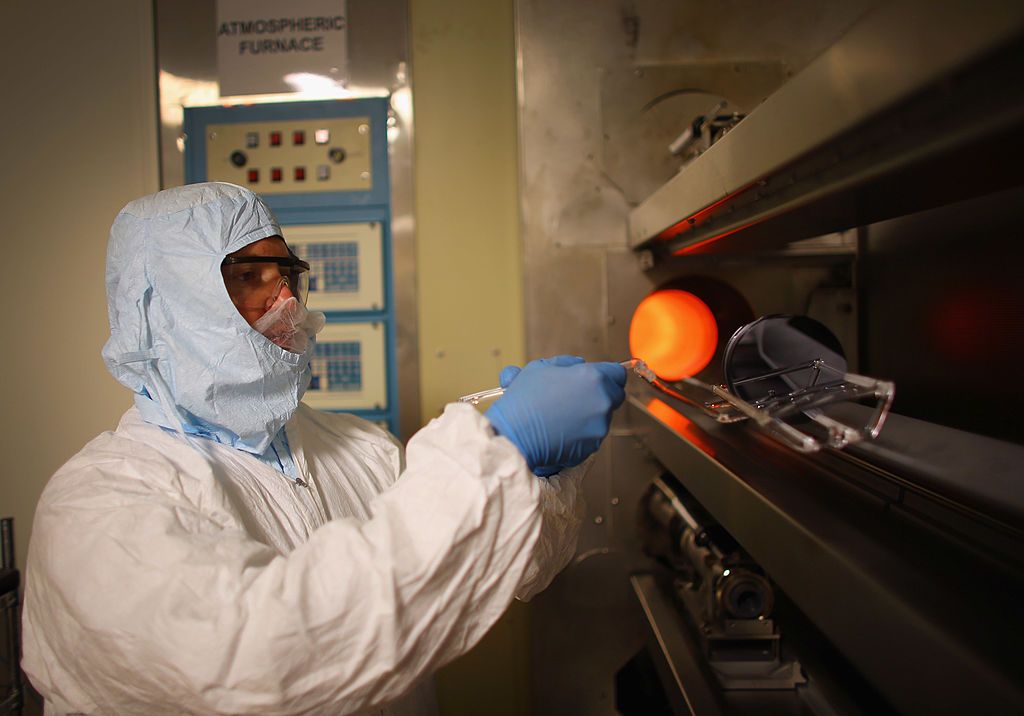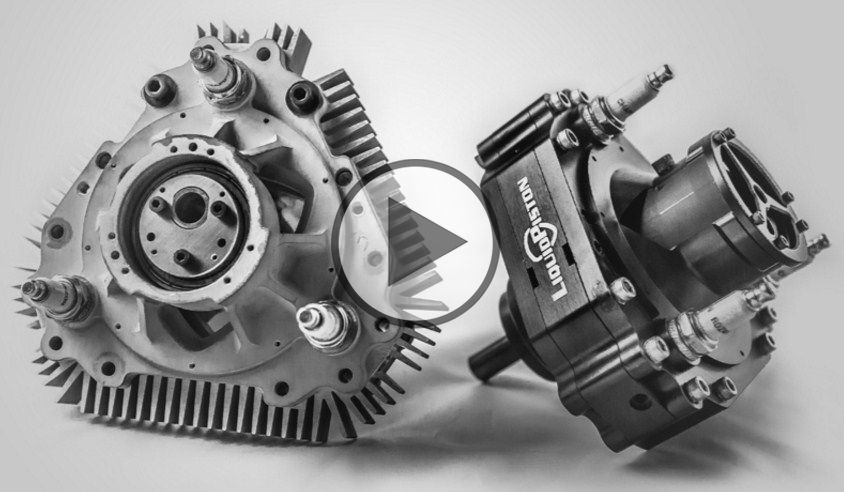Imagine a five-year-old watching Mum talking to Siri, and Dad talking to Alexa, on a daily basis — what must she think of such interactions? Children nowadays witness computers that seem like they have a mind of their own — and even a personality with which to engage. It can be taken for granted that their perception of machines, and thus of the world itself, differs a lot from our own.
Artificial intelligence is one of the most promising areas of tech today, if not even the one that is likely to entail the most striking changes in our way of living, the way our economy works and how society functions. Thanks to enormous amounts of data, coupled with compute power to analyze it, technology companies are making strides in AI that resembles something of a gold rush.
New approaches, including use of deep neural networks, have led to groundbreaking achievements in AI, some of which weren’t predicted to happen for another decade. Google defeating the world champion at the ancient game of Go is just one prominent example. Many more are to be expected, including advances in deep learning combined with reasoning and planning — or even emulating creativity and artwork.








